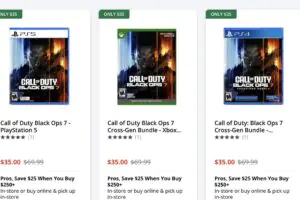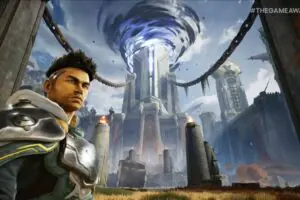After 10 long years, it’s finally happening. Riot is adding a comprehensive stats feature for all League of Legends champions and their abilities on the Public Beta Environment.
Each ability will now include a full list of relevant stats, including damage, total AD or AP ratio, cooldown, and mana cost. This information will appear in yellow—from the lowest rank to the highest—when hovering over a champion’s ability.
League players previously had to fall back on third-party sites for a detailed list of stats. Riot’s bi-weekly patch notes gave a good idea of the ins and outs of each of the champions, but a full list hasn’t been available in the game.
The new stats feature should give players a better understanding of their favorite champions, when they should trade in the laning phase, engage in a teamfight, or hit their late-game power spike.
Dota 2 players have grown accustomed to this feature over the years—something that may have influenced the Riot devs. League tech designer Reina “Reinboom” Sweet is working on the feature and confesses she used to play “a lot of Dota.”
It’s great to see Riot Games taking action against minor things to make the gameplay more enjoyable. While this change is long overdue, it’s better late than never. Recently, they’re broken down the champion design process as well for players to understand how hard it is.
“One of, if not the most difficult parts of gameplay design for a new champion is figuring out the high level direction in the early stages of development,” Scruffy said. “These early decisions will affect the eventual possibilities and overall potential that the champion can achieve.”
Riot devs ask themselves four key questions before moving forward with a champion’s gameplay design.
- Does your direction open a door to new gameplay spaces?
- Is your theme resonant with intended playerbase?
- Does your gameplay hook deliver on the theme?
- Does your gameplay direction have room to be satisfying and healthy?
Since there are over 150 League champs, new releases need to be unique and innovative. But their theme has to match player expectations. A deadly assassin, for example, can’t have a fluffy duckling theme, according to Scruffy. And new releases have to be balanced with counterplay, while also being satisfying enough that players keep coming back.
A gameplay designer then takes on the project through an eight-week cycle involving brainstorming, prototyping different directions, refining it, and solving problems along the way.





